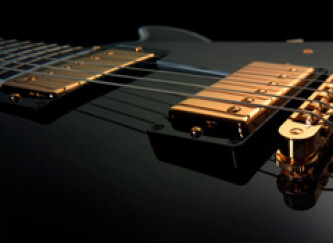
The Top Guitar Pickup Brands - A Look at the Best Electric Guitar Pickup Makers
LearningElectromagnetic transducers play a crucial role in the sound of a guitar player and many of us like to change the original pickups on our guitars. Here are the results of a survey we ran some time ag…
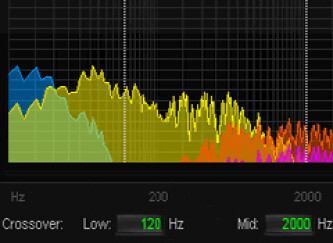
Mastering at Home — Part 8 - A Guide to Using Harmonic Exciters and Enhancers in Mastering
LearningThis eighth episode of our home mastering series will deal with harmonic exciters, harmonic enhancers and company.
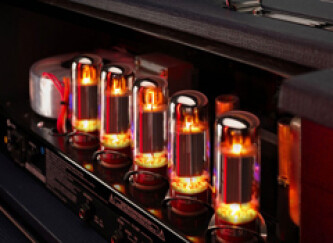
How much power does your amp need for rehearsals and gi… - Choosing the Right Wattage for Your Guitar Amp
LearningThanks to "Doc" Emmett Brown, everybody knows that you need 1.21 gigawatts for a DeLorean to go back to the future when its flux capacitor runs out of plutonium.
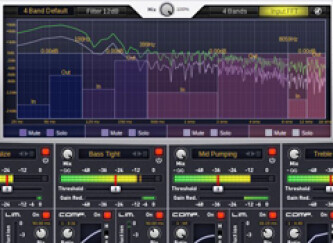
Mastering at Home - Part 7 - A Guide to Multi-Band Compression in Mastering
LearningIn the previous article, we addressed compression within the context of home mastering with a classic compressor. It's time now to tackle multi-band compression.
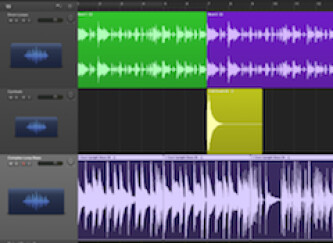
Working with Drum Loops - Part 2 - Adding Fills, Crashes, and More
LearningPart 1 looked at the importance of variation in a full-length drum loop track, and also gave tips on customizing drum loops by editing. Here I’ll look at two very important aspects of your drum loop …
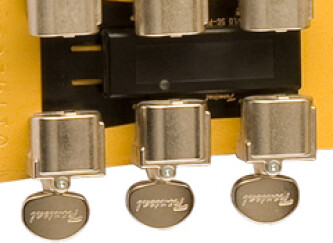
Which Type of Tuning Machines Are Best for You? - How to Choose Tuners for Electric Guitar
LearningBroken, worn-out or simply ugly-looking tuners are often the cause of complaints by guitarists. If changing them is unavoidable, here is some info that will help you understand the subject better.
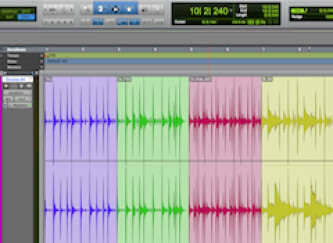
Working with Drum Loops - Part 1 - How to Make Loop-Based Drum Tracks Sound As Realistic As Possible
LearningI’m not a drummer, but I often produce tracks in my studio that include drum parts. Sometimes I’m fortunate enough to be able to use a real drummer, but in most cases it’s just not practical. Instead…
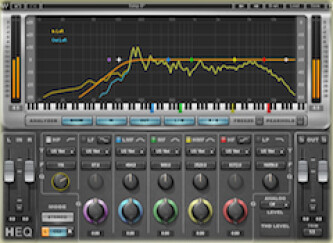
Cut the Mud from Your Mix - Remove Low-End Clutter from Your Mix with High-Pass Filtering
LearningGuitars, vocals, pianos, drums or virtually any track in your mix, has extraneous low-frequency information that can be filtered out without compromising the sound. While you may not notice anything …
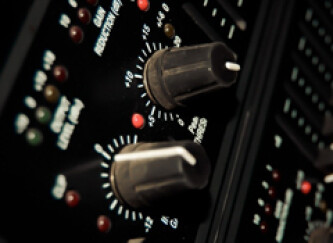
Mastering at Home — Part 6 - How to Use Compression While Mastering
LearningToday we will focus on compression, another important aspect of the mastering process that's often misunderstood.
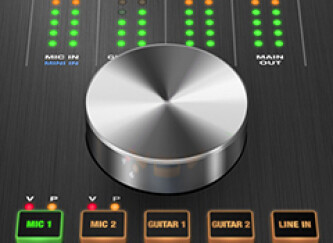
Buying an Audio Interface - Part 2 - Help Picking the Best Audio Interface
LearningPart 1 looked at how to interpret the specs you see in ads and listings for audio interfaces. This time around, we offer info to help you figure out the audio interface that best fits your needs, pre…
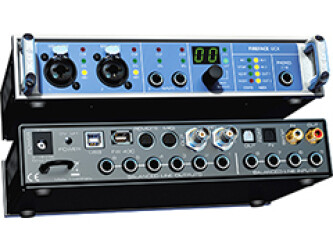
Buying an Audio Interface - Part 1 - Demystifying the Specs and Features of an Audio Interface
LearningShopping for an audio interface can be daunting, due to the countless models on the market and the variations in inputs, outputs, formats, maximum sampling rates, and numerous other specifications. T…
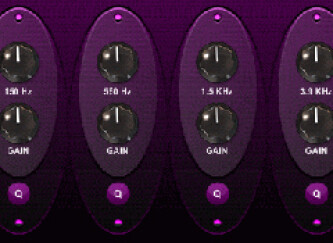
Mastering at Home - Part 5 - How to Use EQ when Mastering — In Practice
LearningThe latest installment of our Mastering at Home series deals with some common situations when using an equalizer.

Tips for Better Soloing - Make Your Solos More Interesting and Musical
LearningWhether you play guitar, keyboard, saxophone or any other lead instrument, there’s more to being a good soloist than just having chops and knowing riffs. Playing fast is great, but speed by itself do…
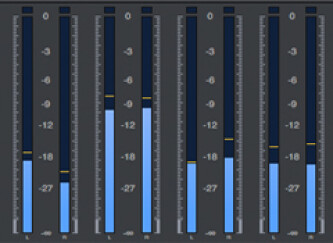
Why Headroom is Important - Keep Your Levels Down and Your Headroom Up, and Your Music Will Sound Better
LearningYou’ve probably heard the term “headroom” thrown around a lot. What it is, essentially, is a margin of safety between the loudest peaks of your track — or tracks, in the case of a mix — and 0 dB on y…
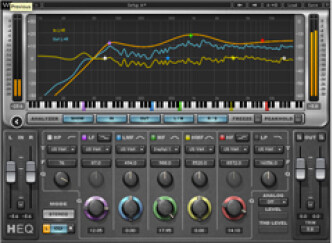
Mastering at Home - Part 4 - How to Use EQ In Mastering — The Theory
LearningIn mastering, EQing could be your best friend or your worst enemy. Which of the two depends on your grasp of the word: subtlety!

